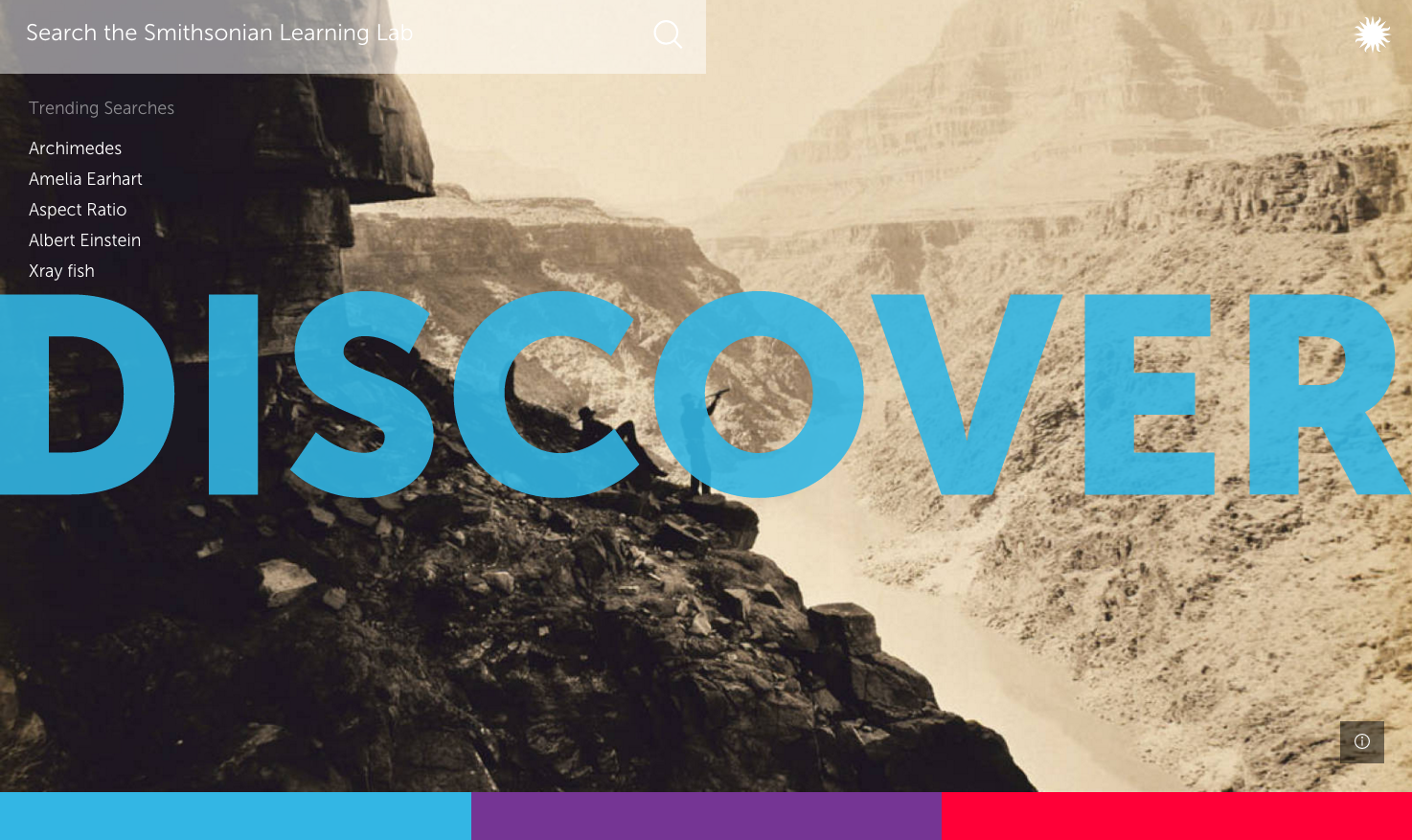What differentiates Navigation North from other Ed Tech companies?
That’s a very good question! We’ve outlined some of the main reasons below.

1. We Strike an Equal Balance Between Education and Technology
Navigation North’s principals both originate professionally from the field of public education. Company President, Joe Hobson, entered the field as a technical development manager with a county office of education and regional program designing online training for rural districts and schools across Northern California. Brian Ausland, company Vice President, served as a high school teacher, district assessment coordinator, and as a county office of education curriculum and technology administrator before coming to Navigation North.
Other Organizations’ Experience Is Often Solely Technology Or Business, Not Education
Our team believes there are inherent challenges with education companies founded solely on their business acumen. Most other Ed Tech companies are started and operated by people with little to no actual experience in public education.
2. We Integrate Educators & Classrooms Into Our Design Thinking
Navigation North regularly contracts current and recent educators for key input on the design and function of our tools and resources. Our proximity to kids and the culture of school and district processes is invaluable and provides many opportunities for authentic classroom testing.
Many Other Companies Have Limited Educator Input or Perspective
Educator perspective is often handled as a momentary inquiry phase or missing all-together in other EdTech solutions. Teachers are brought in to “spark” ideas and then not given real voice in helping development teams understand full work flow, priorities, or nuances of curriculum thinking, assembly, and implementation with learners.
Conversely, tools to support educational leadership take a human capital management approach to both teachers and students.
[fusion_builder_container hundred_percent=”yes” overflow=”visible” margin_top=”20px” margin_bottom=”0px” background_color=”rgba(255,255,255,0)”][fusion_builder_row][fusion_builder_column type=”1_1″ background_position=”left top” background_color=”” border_size=”” border_color=”” border_style=”solid” spacing=”yes” background_image=”” background_repeat=”no-repeat” padding=”” margin_top=”0px” margin_bottom=”0px” class=”” id=”” animation_type=”” animation_speed=”0.3″ animation_direction=”left” hide_on_mobile=”no” center_content=”no” min_height=”none”][fusion_separator style_type=”none” sep_color=”” border_size=”” icon=”” icon_circle=”” icon_circle_color=”” width=”” alignment=”center” class=”” id=””/]
[/fusion_builder_column][/fusion_builder_row][/fusion_builder_container][fusion_builder_container hundred_percent=”yes” overflow=”visible”][fusion_builder_row][fusion_builder_column type=”1_1″ background_position=”left top” background_color=”” border_size=”” border_color=”” border_style=”solid” spacing=”yes” background_image=”” background_repeat=”no-repeat” padding=”” margin_top=”0px” margin_bottom=”0px” class=”” id=”” animation_type=”” animation_speed=”0.3″ animation_direction=”left” hide_on_mobile=”no” center_content=”no” min_height=”none”][irp posts=”6618″ name=”Our Team Welcomes Chris Bordeaux as Director of Creative Services”]
[fusion_separator style_type=”none” top_margin=”20″ bottom_margin=”0″ sep_color=”” border_size=”” icon=”” icon_circle=”” icon_circle_color=”” width=”” alignment=”center” class=”” id=””/]
3. We Remain Active In All Facets Of Education
Navigation North remains intricately tied to all layers of the education ecosystem. Our team helps shape programs and initiatives defining national policy at the U.S. Department of Education down to the curricular and instructional strategies informing day to day classroom practice at any given school site.
They Are Tech Ed, Not Ed Tech
As we’ve regularly seen, when markets shift these companies are first and foremost technology firms, not education design companies. And as such, they can and readily pivot their core assets to other verticals as soon as funding winds change one direction or another.
In some instances, they simply re-brand and launch the same tools in iterative cycles with new names and supposedly new derivative outcomes. What was once a professional portfolio tool with a focus on embedded work items becomes a portfolio of life events tool, becomes a portfolio tool for classroom student work, becomes an online course authoring system for OER.
4. We Have Unobstructed Focus on Educators and Learners
Navigation North is not beholden to share-holders, venture capitalists, or a board of directors. Our decisions are firmly based on improving the work of educators and thus the opportunities for learners, unlocking key data and best practices to grow and share effectiveness.
Other Companies Answer A Different Call
Many Tech Ed companies have a thin veneer of personnel who have worked in some capacity in education. But few if any can match the vast depth of work experience our team has shouldered across all domains of education.
In the end, Tech Ed companies are dominated by MBA’s and technical development staff with limited or no experience developing learning products and systems.
[fusion_separator style_type=”none” top_margin=”20″ bottom_margin=”0″ sep_color=”” border_size=”” icon=”” icon_circle=”” icon_circle_color=”” width=”” alignment=”center” class=”” id=””/]
[irp posts=”6515″ name=”Navigation North Launches New Website”]
[fusion_separator style_type=”none” top_margin=”20″ bottom_margin=”0″ sep_color=”” border_size=”” icon=”” icon_circle=”” icon_circle_color=”” width=”” alignment=”center” class=”” id=””/]
5. We’ve Been There, Done That
Your education program or agency won’t have to labor to get our team “up to speed” with educational culture or processes. We have collectively been teachers, administrators, school board members, PD coordinators, technology managers, and department chairs at all levels of the public education system.
Our team has worked on district budget committees, facilities IT projects, teacher and leadership training programs, credentialing systems, statewide standards alignment teams and national policy teams. We have collectively served at almost every level of public education and hold this experiential knowledge close in every project we join.
They’ve Been Nowhere Near, Done Nothing Close
All too frequently we’re asked to re-calibratet a mismanaged project or salvage a misappropriated technical budget. Often, not one member of the exiting team worked in education, no one assessed the targeted users in classrooms or bothered to engage field-based leadership teams at the district level.
6. We Are Not Simply An Ed Tech Company
Before asserting solutions, our team intimately analyzes key issues and operational obstructions by asking the right questions. We are an education thought partner as much as a development team.
We can design, develop, and deliver whatever is necessary to succeed. Key technical assets can help a program or project to better support educators. This leads to more diverse learning experiences for students and better use of data by leaders, stakeholders, and decision makers.
Technology is a mere piece of the puzzle. Issues of culture, team dynamics and the burden of long-standing practice are also elements that need to be understood as part of the process.
Don’t Settle For Business As Usual
We’ve seen time and time again shareholders and investors determine a company’s definitive focus. While many Tech Ed companies want to make a difference, they are confined to a bottom line more focused on profitability than improving educational outcomes.

If you have a specific inquiry or would like to chat with one of our experts, please contact us today![/fusion_builder_column][/fusion_builder_row][/fusion_builder_container]

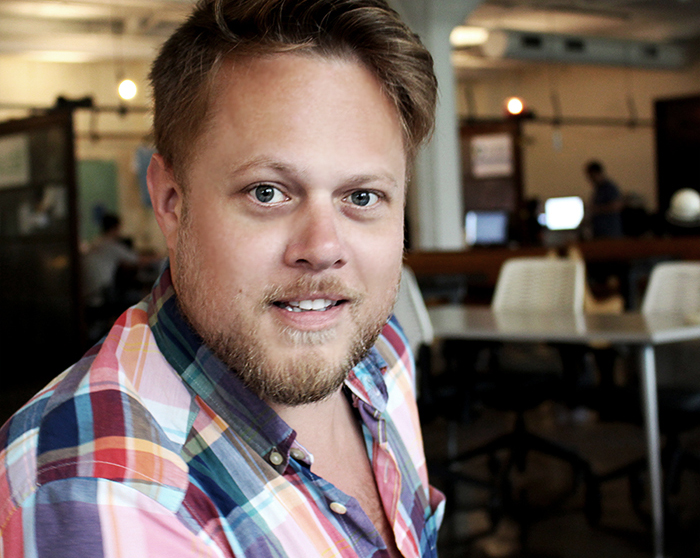
 [/fusion_imageframe][/fusion_builder_column][fusion_builder_column type=”2_3″ last=”yes” spacing=”yes” center_content=”yes” hide_on_mobile=”no” background_color=”” background_image=”” background_repeat=”no-repeat” background_position=”left top” hover_type=”none” link=”” border_position=”all” border_size=”0px” border_color=”” border_style=”solid” padding=”” margin_top=”” margin_bottom=”” animation_type=”0″ animation_direction=”down” animation_speed=”0.1″ animation_offset=”” class=”” id=””][fusion_text]“I am incredibly excited to be joining the educational technology experts at Navigation North. Not only are the projects they support interesting, but they build helpful tools for teachers and students alike. It’s wonderful to be creating such positive experiences and to be doing so with a knowledgable team is refreshing and inspiring. I look forward to partnering with agencies and departments to produce stellar results!”[/fusion_text][/fusion_builder_column][/fusion_builder_row][/fusion_builder_container][fusion_builder_container hundred_percent=”yes” overflow=”visible”][fusion_builder_row][fusion_builder_column type=”1_1″ background_position=”left top” background_color=”” border_size=”” border_color=”” border_style=”solid” spacing=”yes” background_image=”” background_repeat=”no-repeat” padding=”” margin_top=”0px” margin_bottom=”0px” class=”” id=”” animation_type=”” animation_speed=”0.3″ animation_direction=”left” hide_on_mobile=”no” center_content=”no” min_height=”none”][fusion_text]In his spare time, Chris enjoys listening to and playing music, home renovation projects, photography and exploring the Minneapolis lakes with his Boston Terrier, Rebel.
[/fusion_imageframe][/fusion_builder_column][fusion_builder_column type=”2_3″ last=”yes” spacing=”yes” center_content=”yes” hide_on_mobile=”no” background_color=”” background_image=”” background_repeat=”no-repeat” background_position=”left top” hover_type=”none” link=”” border_position=”all” border_size=”0px” border_color=”” border_style=”solid” padding=”” margin_top=”” margin_bottom=”” animation_type=”0″ animation_direction=”down” animation_speed=”0.1″ animation_offset=”” class=”” id=””][fusion_text]“I am incredibly excited to be joining the educational technology experts at Navigation North. Not only are the projects they support interesting, but they build helpful tools for teachers and students alike. It’s wonderful to be creating such positive experiences and to be doing so with a knowledgable team is refreshing and inspiring. I look forward to partnering with agencies and departments to produce stellar results!”[/fusion_text][/fusion_builder_column][/fusion_builder_row][/fusion_builder_container][fusion_builder_container hundred_percent=”yes” overflow=”visible”][fusion_builder_row][fusion_builder_column type=”1_1″ background_position=”left top” background_color=”” border_size=”” border_color=”” border_style=”solid” spacing=”yes” background_image=”” background_repeat=”no-repeat” padding=”” margin_top=”0px” margin_bottom=”0px” class=”” id=”” animation_type=”” animation_speed=”0.3″ animation_direction=”left” hide_on_mobile=”no” center_content=”no” min_height=”none”][fusion_text]In his spare time, Chris enjoys listening to and playing music, home renovation projects, photography and exploring the Minneapolis lakes with his Boston Terrier, Rebel.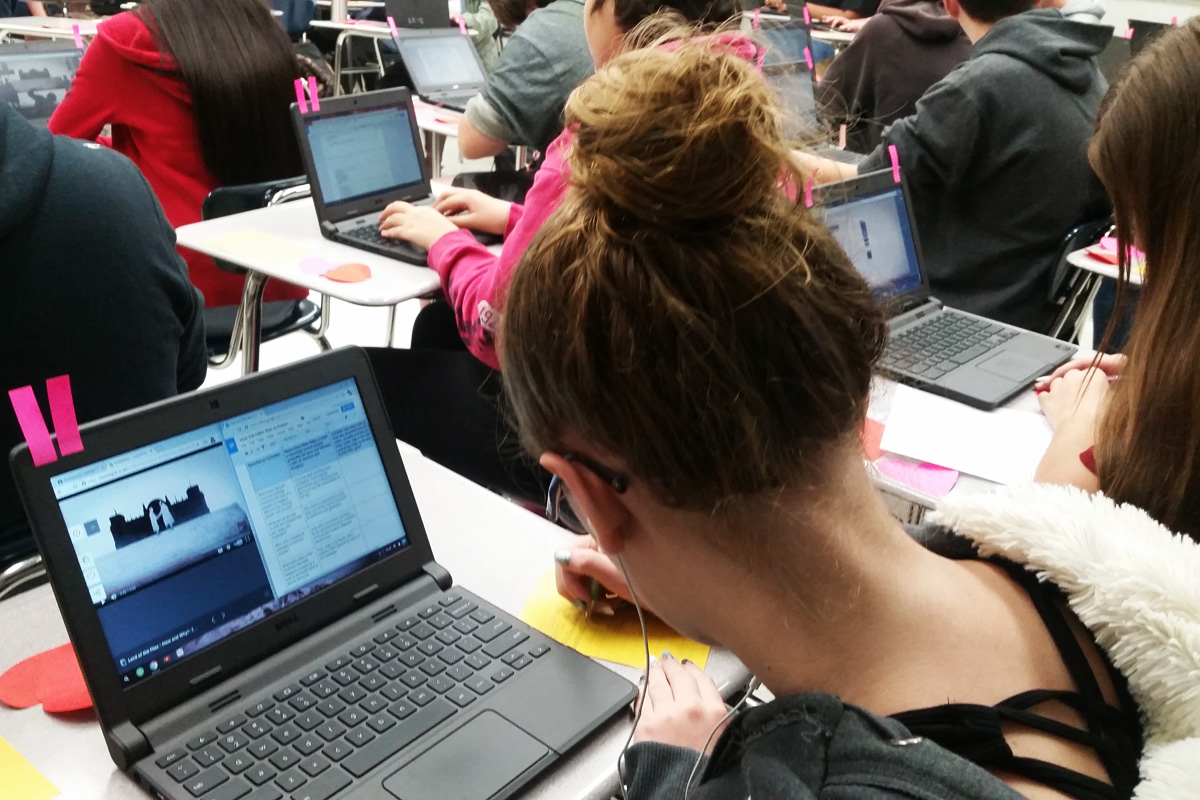


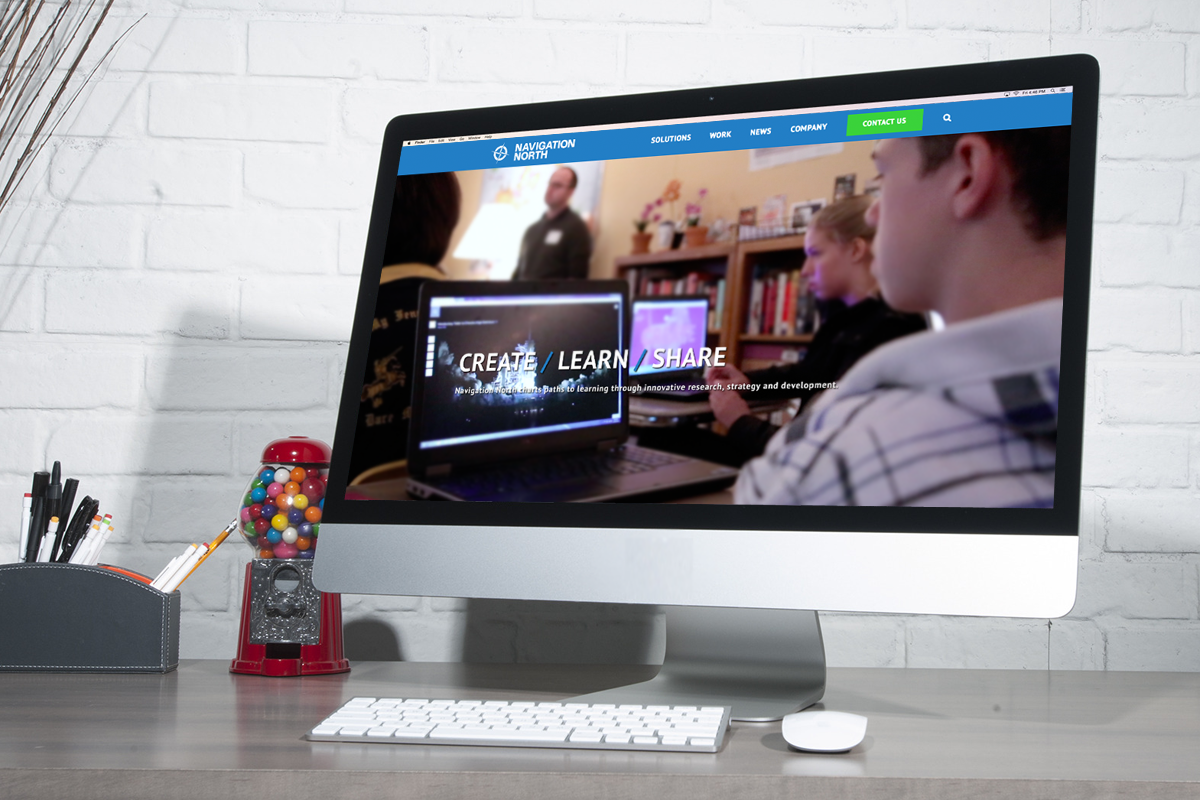






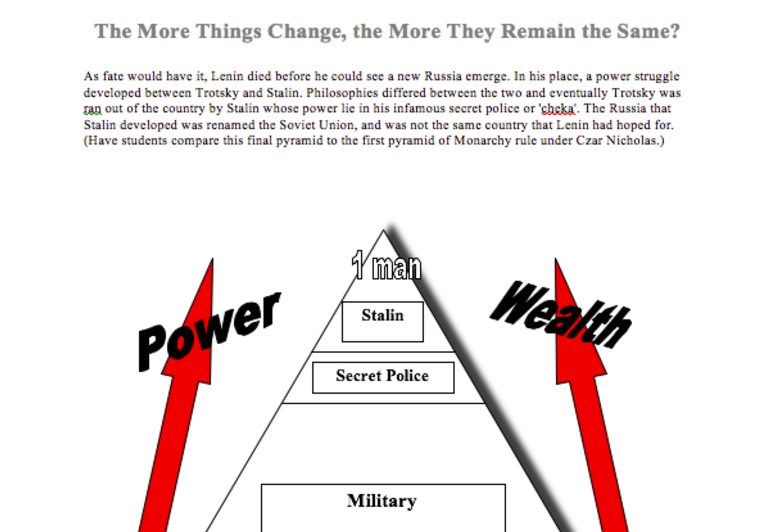

 I had notated in the margins, connect with other teachers online and share our best lessons.
I had notated in the margins, connect with other teachers online and share our best lessons. Of the activities and projects for each chapter I had designed, and the vocabulary lists I had tied to merriam-webster.com, (
Of the activities and projects for each chapter I had designed, and the vocabulary lists I had tied to merriam-webster.com, ( He responded, that they were given 4 worksheets and were told to watch a short video on the Russian Revolution and to take notes on these “study-guides” and then review at home before starting the novel. “Then the next day, we started reading the book in class…and it has talking animals.” In looking at the “worksheets / study-guides” I found 3 typed (as in type-writer…pre-word processor) photocopied lists of historical characters and a correlation sheet (shown) photocopied from a 1991 workbook.
He responded, that they were given 4 worksheets and were told to watch a short video on the Russian Revolution and to take notes on these “study-guides” and then review at home before starting the novel. “Then the next day, we started reading the book in class…and it has talking animals.” In looking at the “worksheets / study-guides” I found 3 typed (as in type-writer…pre-word processor) photocopied lists of historical characters and a correlation sheet (shown) photocopied from a 1991 workbook.
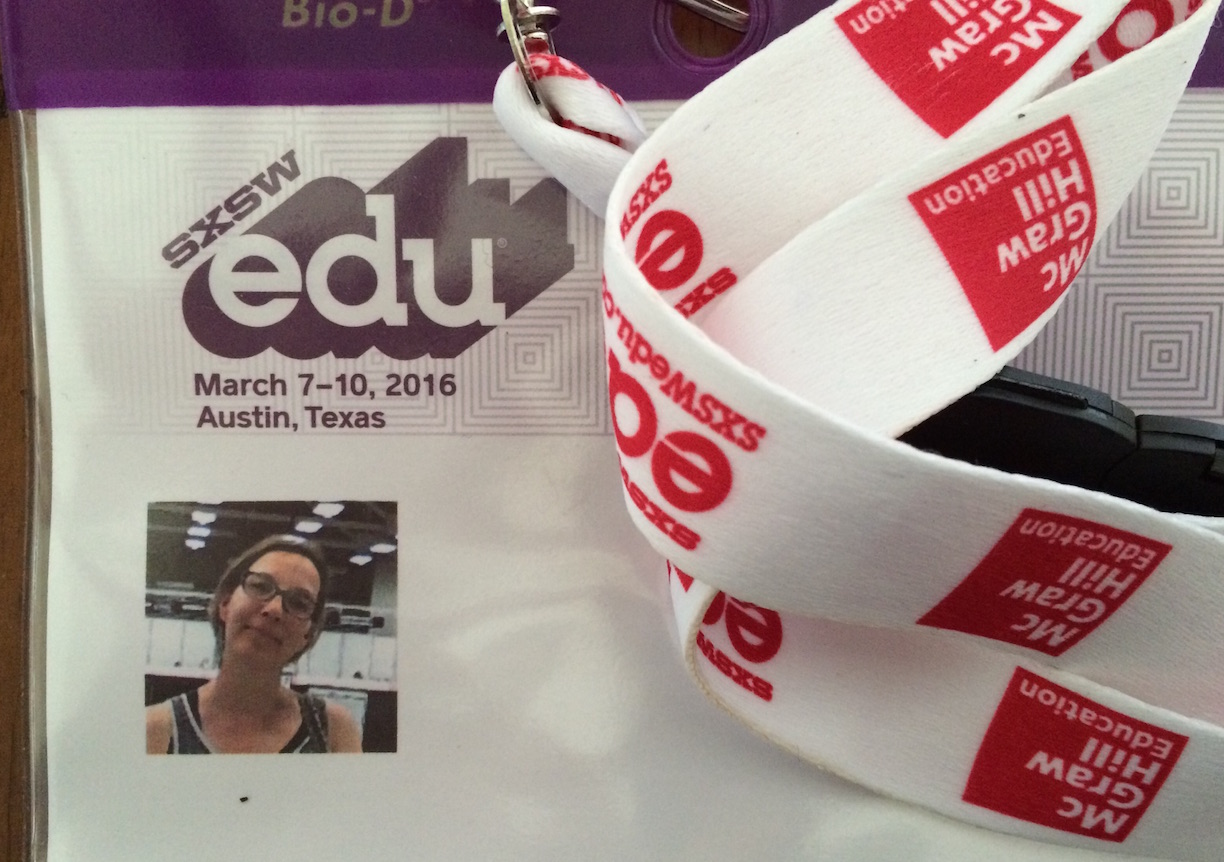

 demonstration of knowledge, the tools provide little help to change the outcomes of those classrooms.
demonstration of knowledge, the tools provide little help to change the outcomes of those classrooms.









